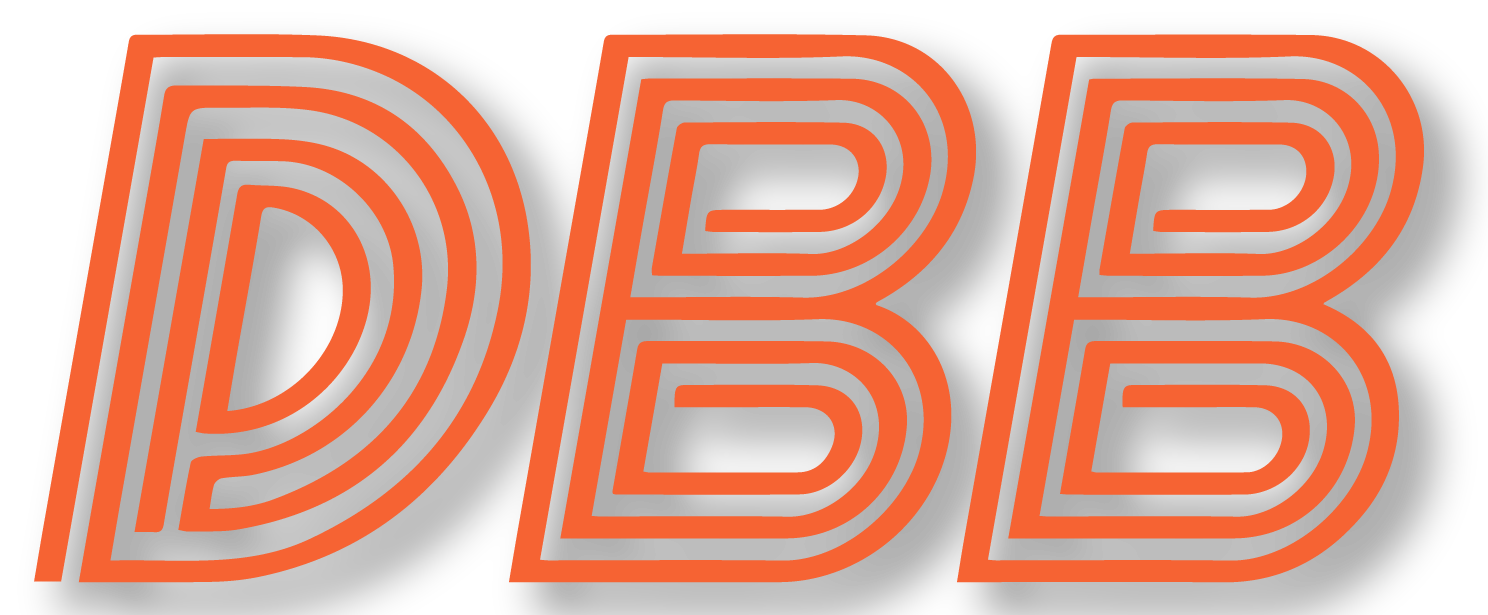The Bears produced the fewest explosive plays in the NFL last year, and given the importance of explosive plays to overall offensive output, that largely explains their status as one of the worst offenses in the NFL.
So I want to look at how consistent explosive plays are. We’ll start with a team-by-team basis, and then look at it on a player-by-player level in a follow-up article.
The Setup
I used Pro Football Reference’s Game Play Finder to track explosive runs (gained 15+ yards) and passes (gained 20+ yards) for each team season since 2014. I did this to have 5 years to compare season-over-season consistency (2014 vs. 2015, 2015 vs. 2016, etc.), giving a respectable sample size of 160 data points without going too far into the past, since the NFL is a constantly evolving league.
Results
I started by doing a simple comparison of explosive plays a team had in one year compared to explosive plays they gained the following year. As you can see in the chart below, there wasn’t much of a relationship.
As a reminder, correlation (R²) is a measure of how strong the relationship between two variables is. It ranges from 0-1, with 0 meaning there is no relationship whatsoever. So a value of 0.027 tells us there is basically no relationship between how many explosive plays a team has in one year compared to how many they will have the following year.
I’ll note I did similar looks for explosive runs and passes when separated out from each other and got similar results (R² < 0.07 for both). I also looked at all three in terms of explosive rate (explosive plays/total plays), and got similar results. I don’t feel the need to pepper this article with a bunch of similar graphs that show no results, but if you’re curious, the full data set and graphs can be seen here.
This then, would seem to suggest good things for the Bears. Just because they were unexplosive in 2019 does not mean the same will be true in 2020.











